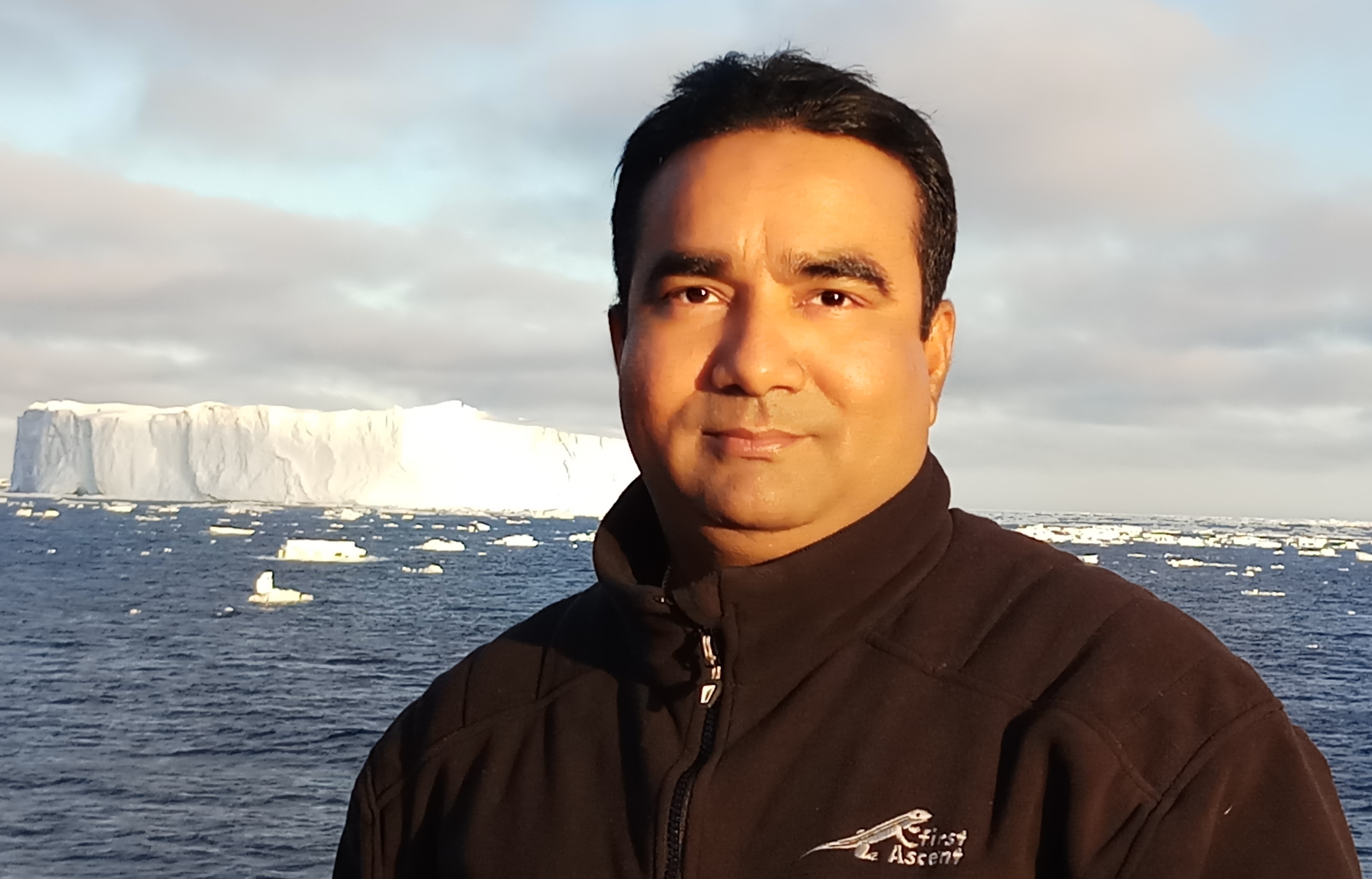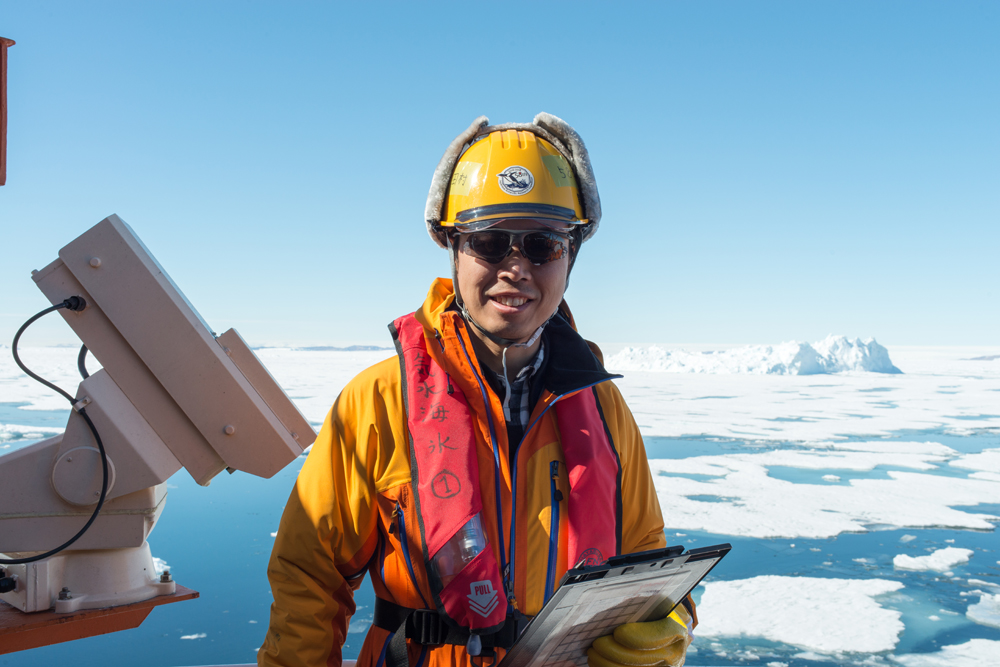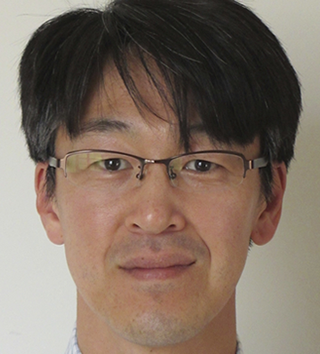Southern Ocean Indian Sector (SOIS) RWG Welcomes a New Co-Chair and Leadership Team Members

The Southern Ocean Indian Sector (SOIS) Regional Working Group (RWG) welcomes a new Co-Chair, Dr Sarat Chandra Tripathy, and new leadership team members, Dr Toru Hirawake and Dr Takeshi Tamura.
Dr Sarat Chandra Tripathy is a biological oceanographer with the Ocean Sciences Group of the National Centre for Polar & Ocean Research (NCPOR), Ministry of Earth Sciences, India. His research focuses on carbon dynamics through phytoplankton productivity and physiology, bio-optical oceanography, marine ecology and biogeochemistry in the polar regions, specifically the Indian sector of Southern Ocean and Arctic fjords of Ny-Alesund, Svalbard, as well as other oceanic regions. Sarat completed his PhD in 2005, Berhampur University, National Institute of Oceanography, India, and subsequently obtained his DSc. in 2011 at Nagoya University, Japan. He worked as a post-doctoral fellow in the Institute for Space-Earth Environmental Research (ISEE), Japan before joining NCPOR, Goa. Dr. Tripathy has participated in eight Indian polar expeditions to Southern Ocean and the Arctic. He is the National representative for CLIVAR/CliC/SCAR Southern Ocean Region Panel (SORP), and one of the National representatives for SCAR-SSG Life Sciences. Sarat joins Elizabeth Shadwick in co-chairing the SOIS RWG, and along with the SOIS leadership team, implementing the SOOS activities in the Southern Ocean Indian sector in accordance with SOOS's 5-year implementation plan.


Dr Takeshi Tamura is a sea ice remote sensing scientist at the National Institute of Polar Research (NIPR) in Tokyo. He is also Associate Professor in the sea ice physics and physical oceanography at Graduate University for Advanced Studies (SOKENDAI) and NIPR. In 2007, he completed his doctorate at the Hokkaido University on sea ice production mapping in the Southern Ocean. After his doctorate, he spent two years at the Antarctic Climate and Ecosystems Cooperative Research Centre (ACE CRC), University of Tasmania, in Hobart, Tasmania. He has joined three Australian-led international sea ice experiments; ARISE 2003, SIPEX 2007 and SIPEX II 2012. At NIPR, he has been coordinating Antarctic cruises by icebreaker Shirase since 2016, mainly under the two of the SOOS endorsed programs ROBOTICA (Research of Ocean-ice BOundary InTeraction and Change around Antarctica; 2016-2022) and HEAT-CROSS (The Heart of the East AnTarctic CRyosphere-Ocean Synergy System; 2022-2028), focusing on ice-ocean interaction in East Antarctica. He also has been the Japanese national representative for SOOS since 2016.
Dr. Toru Hirawake is a satellite oceanographer at National Institute of Polar Research (NIPR), Tokyo. He began his study at the Tokyo University of Fisheries (currently Tokyo University of Marine Science and Technology) and PhD in Nagoya University. His expertise is on marine optics and its application to ocean color remote sensing such as detection of change in primary production, particularly in polar and sub-polar seas. He has developed the global and polar region algorithms to derive primary production and size distribution of phytoplankton for the satellite ocean color sensor SGLI/GCOM-C of JAXA. He also researches the long-term change in in-situ chlorophyll a concentration in the Indian Sector of the Southern Ocean. To date, he has participated many cruises in the Arctic and Southern Oceans and overwintered in Antarctica. He also led the ecosystem group of the Arctic project in Japan.







